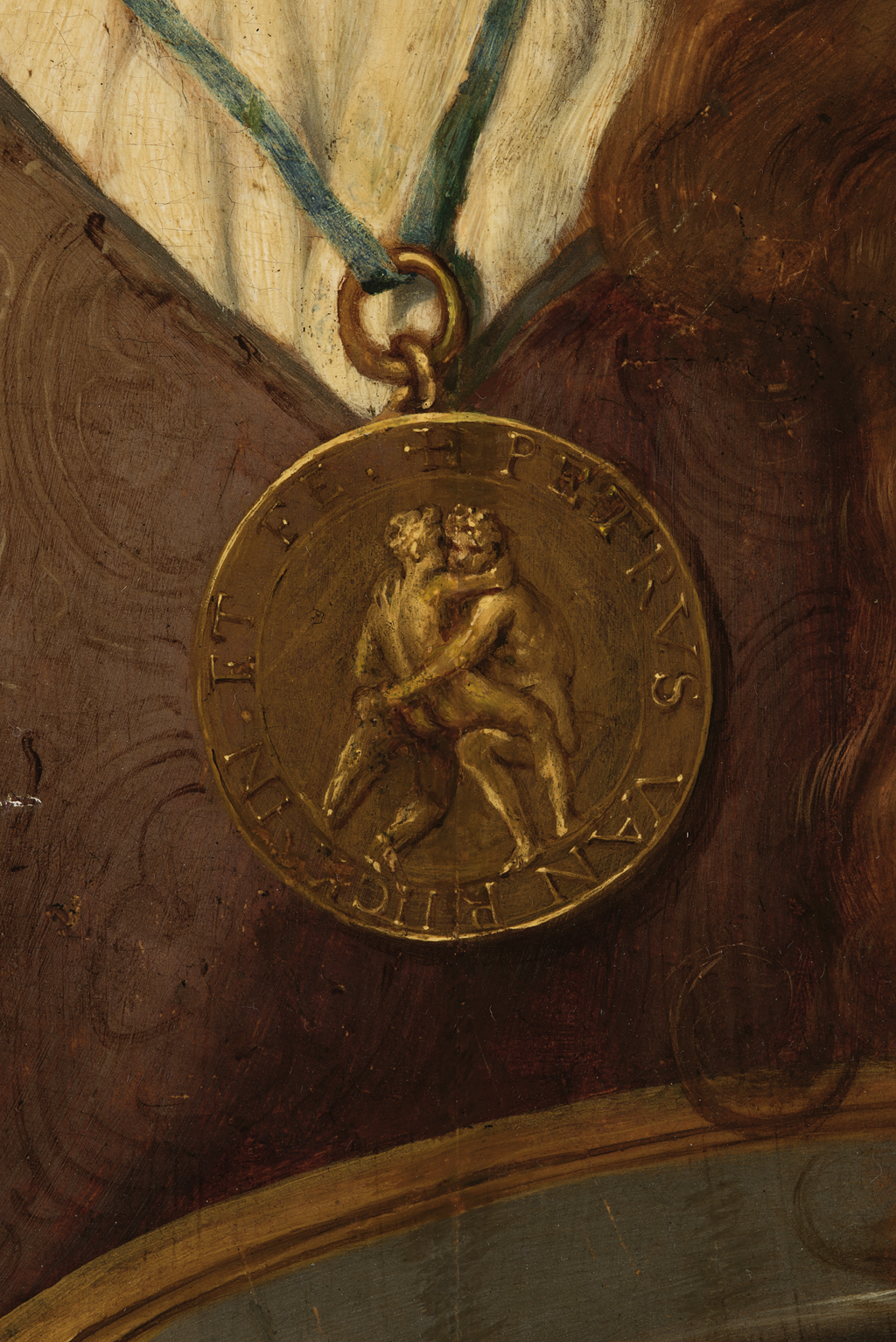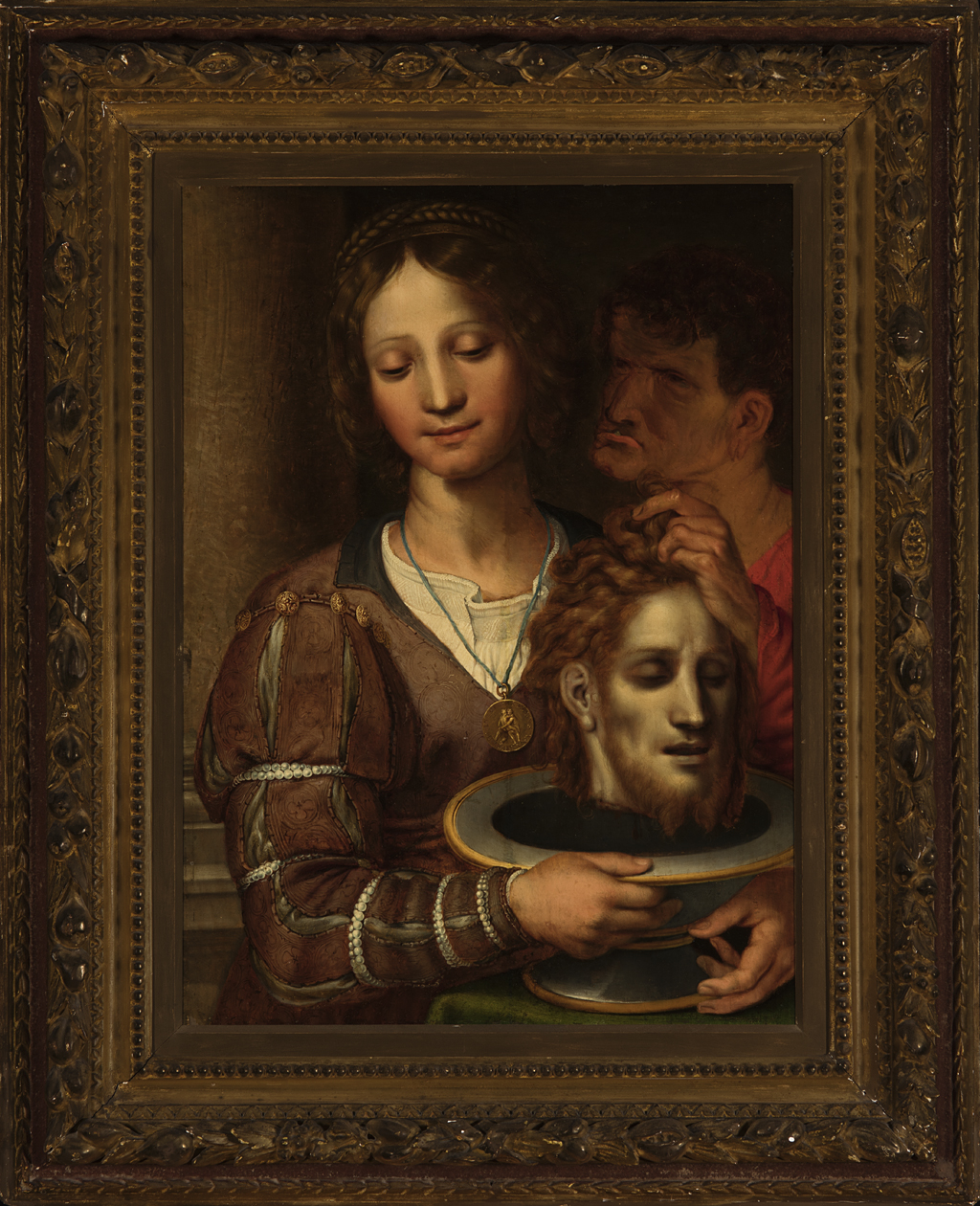Salome with Head of John the Baptist, Pieter Cornelisz. van Rijck
Artwork Overview
Pieter Cornelisz. van Rijck, artist
1568–1628
Salome with Head of John the Baptist,
late 1500s
Where object was made: Netherlands
Material/technique: oil; panel
Dimensions:
Canvas/Support (Height x Width x Depth): 79 x 56 cm
Canvas/Support (Height x Width x Depth): 31 1/8 x 22 1/16 in
Frame Dimensions (Height x Width x Depth): 110.49 x 90.17 x 7.62 in
Canvas/Support (Height x Width x Depth): 79 x 56 cm
Canvas/Support (Height x Width x Depth): 31 1/8 x 22 1/16 in
Frame Dimensions (Height x Width x Depth): 110.49 x 90.17 x 7.62 in
Credit line: Museum purchase
Accession number: 1970.0039
Not on display
If you wish to reproduce this image, please submit an image request






